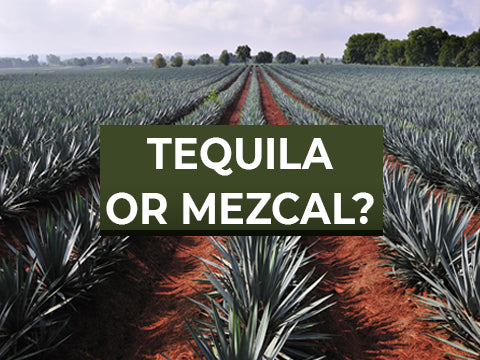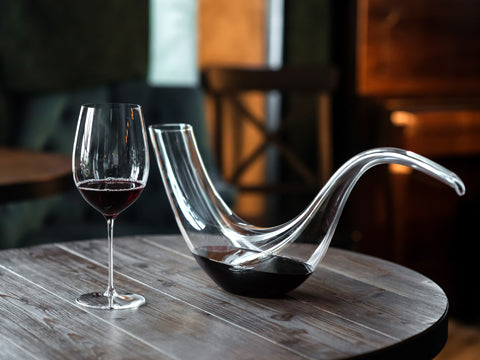What is Bordeaux?
Bordeaux is the name of wine that comes from the town of Bordeaux in France. Merlot, Cabernet Sauvignon, and Cabernet Franc make up more than 86% of the red wines produced in Bordeaux. The main white varieties are Sémillon and Sauvignon Blanc, the former being the foundation of Bordeaux’s sweet wines of Sauternes and Barsac.

A taste of the earth:
The primary flavors of the Red Bordeaux are Black Currant, Plum, Graphite, Cedar, Violet.
Medium to full-bodied, Bordeaux red wines have notes of black cherry, plums, and earthy substances like damp gravel or pencil lead. The wines are bursting with fruit and mineral flavors that give way to prickly, salty, mouth-drying tannins. Wines can age for several decades because the tannin content is frequently high enough.
Fruit flavors range from more acidic fruit to sweeter ripe fruit depending on the quality, vintage, and region of Bordeaux the wine is from.
The Bordeaux Blend:
Bordeaux wines are a combination of many grape varieties. The red Bordeaux Blend, which combines Cabernet Sauvignon, Merlot, Cabernet Franc, Petit Verdot, and Malbec (with a minuscule percentage of Carménère), is one of the varieties that is most frequently imitated worldwide. The proportion of the grapes in the blend are responsible of the resulting flavor.
Serving Bordeaux wines:
- Red Bordeaux is ideally served at around 18 °C.
- Decanting red Bordeaux wines is usually better.
- Bordeaux and all other red wines should be kept at or below 65 °F/18 °C.
Food pairing with Bordeaux:
Red Bordeaux wines taste best in contrast with red meat, where the rich taste of the meal underlines the wine’s sweet and fruity flavor. The ideal paring would be with steak, lamb, duck, charcuterie, and hard cheeses.
As for the aromatic, dry white Bordeaux wines, sweet luscious dessert pair best with fish, salads, cheese, and fruit-based desserts.
The Wine Region of Bordeaux:
Bordeaux is divided into five categories:
- Red wines from the left bank of the Garonne and the Gironde estuary embracing the Médoc and Graves, an area known for its gravelly soils and graphite-driven red wines with a dominance of Cabernet Sauvignon in the blend. Médoc's wines are some of Bordeaux's most robust and tannic, making them ideal for aging or pairing with red meat.
Left Bank Bordeaux Blend:
- Cabernet Sauvignon
- Merlot
- Cabernet Franc
- Malbec
- Petit Verdot
- Sauvignon blanc, Semilion and Sauvignon gris for the whites
- Red wines from the right bank of the Gironde and the Dordogne, including St Emilion and Pomerol and their satellites, an area in Bordeaux known for its red clay soils that produce bold plummy red wines with a dominance of Merlot. The wines from around Libourne are still moderately bold, but generally have softer, more refined tannins.
Right Bank Bordeaux Blend:
- Merlot
- Cabernet Franc
- Cabernet Sauvignon
- Carmener
- The hill vineyards (côtes) of Bourg, Fronsac and the Côtes de Bordeaux an area that produces solid robust wines that are of good quality and can develop a velvety palate.
- Red and white wines from the Entre-Deux-Mers region between the Garonne and Dordogne, an area that produces both red (predominantly Merlot) and white wines but is more renowned for its white wines (a blend of Sauvignon Blanc, Sémillon and the rare Muscadelle).
- The great white wines from Graves and Sauternes where the morning fog causes the white grapes growing in the area to develop a certain type of fungus called Botrytis. One of the world's sweetest white wines is produced when the fungus causes the grapes to shrivel and become sweeter.
The various soils and climates, as well as the care and skill of the winemakers, account for the variety in character and style.
Cru Classifications of Bordeaux:
- Crus Artisans Small artisan producers of the Médoc
- Crus Bourgeois For producers in the Médoc based on quality assessment of regional character
- Crus Classés de Graves (now called Pessac Leognan A classification of producers in Graves from 1953 (amended in 1959)
- Crus Classés de Saint-Émilion A classification of top quality producers in Saint-Émilion that is revisited every 10 years.
- Crus Classés de 1855 A 5-tier classification of producers in Médoc and Graves (and sweet wines from Sauternes and Barsac) from 1855. One winery, château Mouton Rothschild, moved up a tier in 1973



